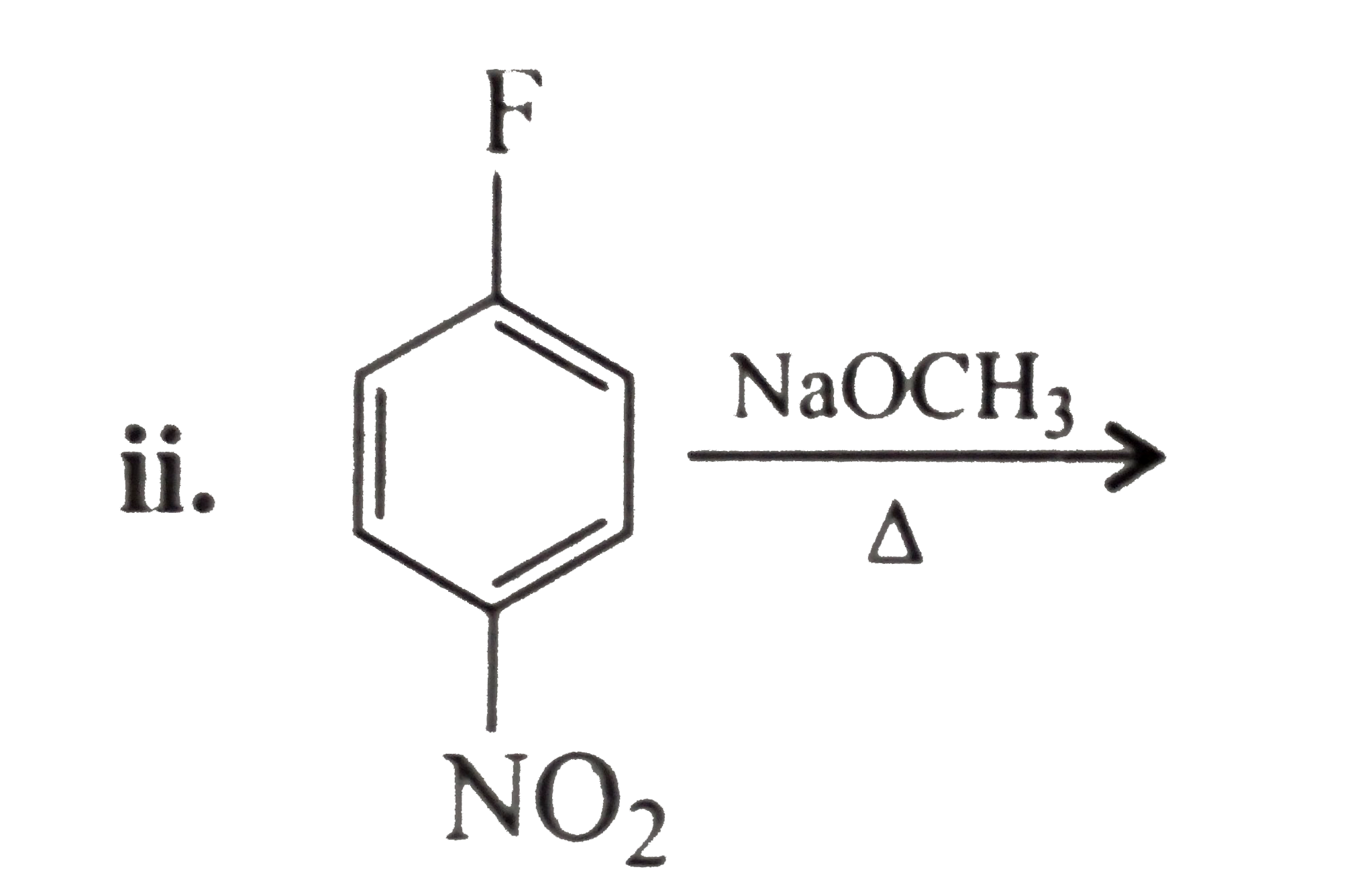Complete Solutions to Archives Analytical And Descriptive of chapter ALCOHOL,PHENOL AND ETHERS of Class 12 book with complete answers and questions
| Class 12 | CHEMISTRY |
| Chapter | ALCOHOL,PHENOL AND ETHERS |
| CENGAGE CHEMISTRY | Archives Analytical And Descriptive |
| Number Of Questions | 15 |
| Academic Year | 2023-24 |
An alcohol A, when heated with conc. `H_(2)SO_(4)` gives an alkene B. When B is bubbled through bromine water and the product obtained is dehydrohalogenated with exccess of sodamide, a new compound C is obtained. The compound C gives D when treated with warm dilute `H_(2)SO_(4)` in the presence of `HgSO_(4)`. D can also be obtained either byh oxidising A with `KMnO_(4)` or form acetic acid through its calcium salt. Identify A, B, C, and D.
07:33View SolutionGive reason in one or two sentences form the following: 'o-nitrophenol is steam volatile, whereas p-nitrophenol is not'.
03:33View SolutionSuggest a reason for the larger differenece between boiling points of butanol and butanal, although they have almost the same solubility in water.
01:33View SolutionComplete the following with apporopriate reagent:
 04:05View Solution
04:05View SolutionExplain the following in one or two sentence only: 'Phenol is an acid, but it does not react with sodium bicarbonate'.
00:46View SolutionIndicate steps which would convert:
a. Phenol to acetopenone
b. Acetic acid to tert-butyl alcohol07:14View SolutionAn optically active alcohol A `(C_(6)H_(10)O)` absorbs 2 mol of hydrogen per mole of A upon catalytic hydrogenation and gives a product B. The compound B is resistant to oxidation by `CrO_(3)` and does not show any optical activity Deduce the structures of A and B.
05:27View Solution2,2-Dimethyloxirane can be cleaved by acid `(H^(o+))`. Write the mechanism.
02:40View SolutionWhich of the following is the correst method for synthesisg methyl-t-butyl ether and why ?
i. `(CH_(3))_(3)CBr+NaOMe rarr`
ii. `CH_(3)Br+NaO-t-Bu rarr`04:12View SolutionAlthough phenoxide ion has more number of resonating structures than benzote ion, benzoic acid is a stronger acid than phe4nol. Why ?
04:31View SolutionAcid catalysed dehydration of t-butanol is faster than that of n-butanol because
06:45View SolutionExplain briefly the formation of the product giving structures of the intermediates.
 03:41View Solution
03:41View SolutionWhat would be that major product in each of the following reactions ?
i. `CH_(3)-overset(CH_(3))overset(|)underset(CH_(3))underset(|)C-CH_(2)Br overset(C_(2)H_(5)OH)underset(Delta)rarr`
ii. 05:38View Solution
05:38View SolutionHow would you synthesis 4-methoxyphenol form bromobenzene in NOT more than five step ? State clearly the reagents used in each step and show the structure of intermediate compounds in your synthetic scheme.
View SolutionConvert
 05:21View Solution
05:21View Solution
Archives Analytical And Descriptive questions and complete solutions for chapter ALCOHOL,PHENOL AND ETHERS of CENGAGE CHEMISTRY (HINGLISH) of Class 12
All Exercises from CENGAGE CHEMISTRY Class 12 CHEMISTRY ALCOHOL,PHENOL AND ETHERS
- Archives Analytical And Descriptive
- Archives Assertion-Reasoning
- Archives Fill In The Blanks
- Archives Linked Comprehension
- Archives Multiple Correct
- Archives Single Correct
- Archives True/False
- Exercises Assertion-Reasoning
- Exercises Concept Application
- Exercises Linked Comprehension
- Exercises Multiple Correct
- Exercises Single Correct
- Exercises Subjective
- Illustration
- Solved Examples
